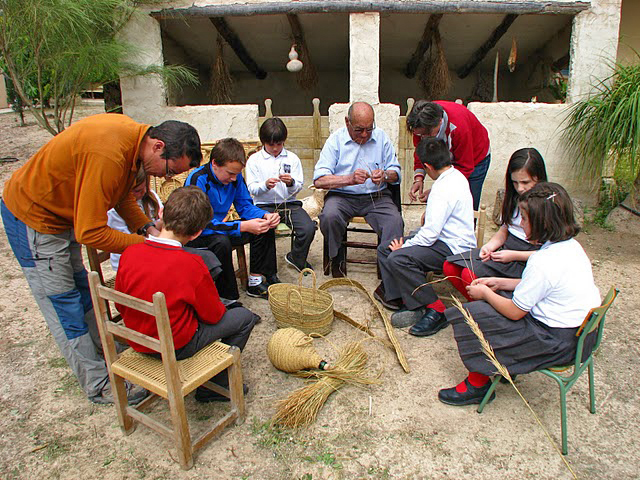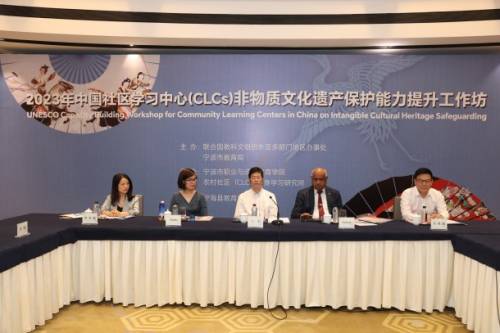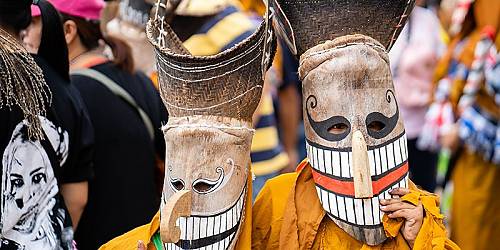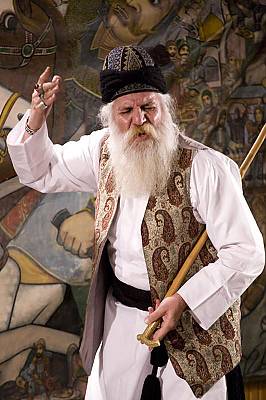This is the key question to be addressed in the first review of UNESCO’s strategy to build capacity for safeguarding intangible cultural heritage to be completed this year. Already 42 UNESCO Member States are benefitting from tailored capacity-building projects in the fields of policy and legal revision for safeguarding, institutional infrastructure development, inventorying and participation in international cooperation mechanisms. Indeed, 75 training activities have been carried out in seven different languages across the world since mid 2011. These are impressive figures for a very young programme, which was conceived by UNESCO in 2010 and became operational at country level in 2011 thanks to the commitment of the Intergovernmental Committee of the Convention for the Safeguarding of the Intangible Cultural Heritage and the generous support from donor countries
A key moment of the review is a meeting, organized from 7 to 10 November in Beijing, with selected members of the UNESCO network of 77 facilitators and UNESCO Culture programme specialists involved in delivering the strategy across the globe. It will take stock of the initial experiences, assess the lessons learnt and advise on ways forward. The meeting is organized by the UNESCO Intangible Cultural Heritage Section with the support of the International Training Centre for the Intangible Cultural Heritage in the Asia-Pacific Region under the Auspices of UNESCO (CRIHAP). Find out more….
Event:
-
On the right track? Review meeting on UNESCO’s global strategy: Strengthening national capacities for safeguarding intangible cultural heritage (7 November 2012 – 10 November 2012)




